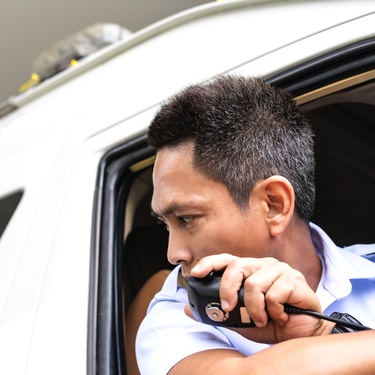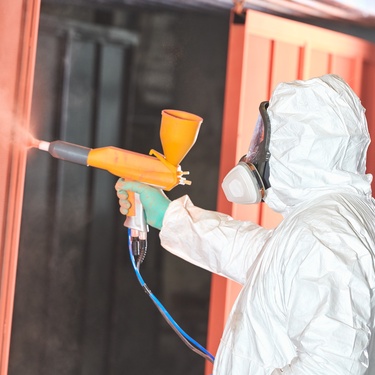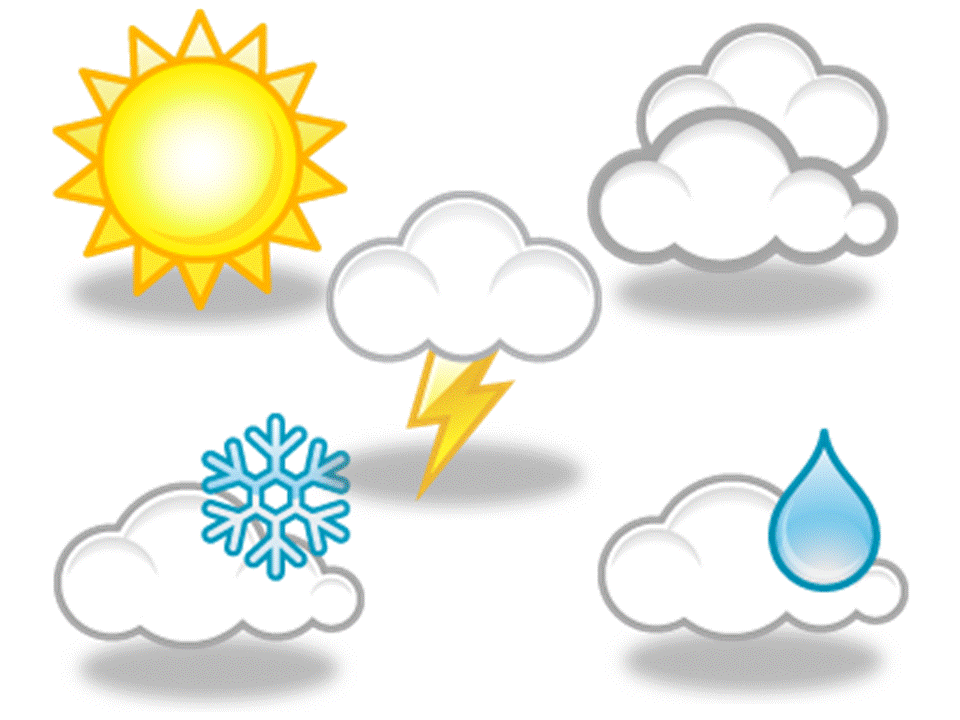
Reliable communication is nonnegotiable during emergency response. Yet, many first responder agencies struggle with coverage gaps, congestion, and outdated radio infrastructure. Unfortunately, these issues don’t just slow things down; they can compromise safety and delay aid when every second counts.
To keep pace with growing communication demands, agencies need better-performing, more adaptive systems. Let’s examine how to enhance radio network efficiency for first responders by utilizing modern tools and implementing structured upgrades.
Upgrade to Tier III Trunking
Unlike conventional systems, Tier III trunking dynamically allocates frequencies and routes calls based on real-time usage. This allows first responders to communicate across departments and jurisdictions without delays caused by frequency congestion.
Trunked systems automatically prioritize critical communications, minimizing dropped transmissions during large-scale incidents. Agencies handling complex operations or those managing multiple teams benefit most from this upgrade.
A phased migration can be completed over two weekends for small, pre-configured setups, with the first reserved for infrastructure installation and the second for system testing and training. Conducting a full network audit every six months, including channel usage analysis, interference testing, and capacity assessments, helps maintain peak performance.
With a well-maintained configuration, Tier III trunking systems for first responders can handle hundreds of users and multiple talk groups simultaneously, even under heavy load.
Use Hytera Repeaters Within That System
Once Tier III trunking is in place, the next step is to expand coverage and reinforce weak spots in the network. One effective approach involves learning how to use a Hytera repeater in a Tier III trunking system.
Hytera repeaters serve as signal amplifiers, which is crucial for reaching low-elevation zones, high-rise buildings, or expansive rural areas where standard signals are insufficient. They can support both fixed infrastructure and temporary deployments, making them a flexible solution for agencies that operate in varied terrain or respond to unpredictable scenarios.
Repeaters configured within a Tier III system can be pre-programmed and deployed in under a few hours or days, depending on the system’s complexity. Site surveys should be conducted every 90 days to identify new problem areas or interference sources.
Keep the Network Running Smoothly
A strong setup won’t stay reliable without regular maintenance. Every six months, teams should run diagnostics on repeaters, test signal strength across known weak zones, and update firmware on all radios and infrastructure components. Skipping these tasks can result in a reduced range, poor audio quality, or complete communication blackouts during peak usage.
Assign responsibility for these tasks in a rotating monthly schedule or outsource them to a trusted radio technician with experience in digital trunking systems. Maintain a log of completed maintenance tasks and known issues to spot trends over time.
If you’re not revisiting your network setup at least twice a year, you’re skipping a key part of enhancing radio network efficiency for first responders.
Bio: Casey is a passionate copyeditor highly motivated to provide compelling SEO content in the digital marketing space. Her expertise includes a vast range of industries from highly technical, consumer, and lifestyle-based, with an emphasis on attention to detail and readability.




















